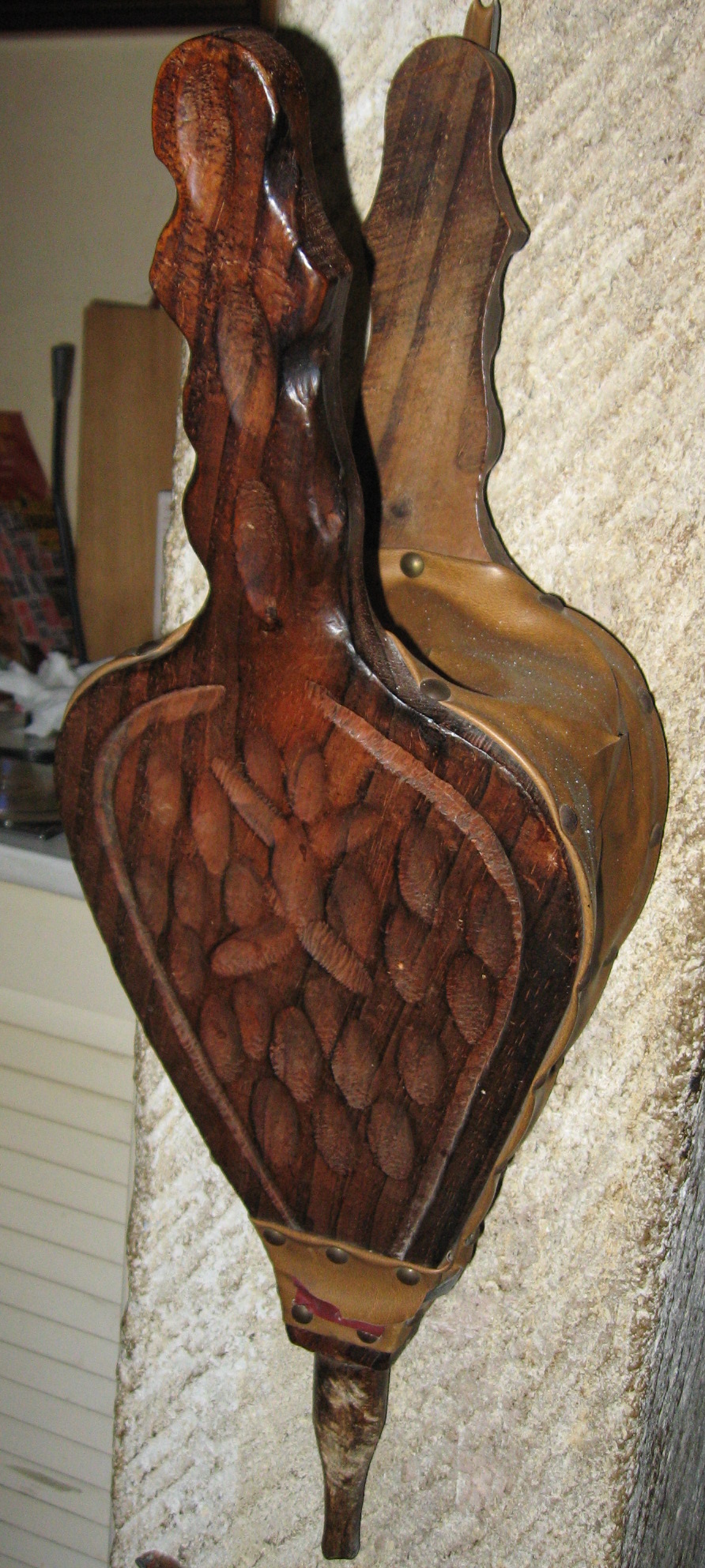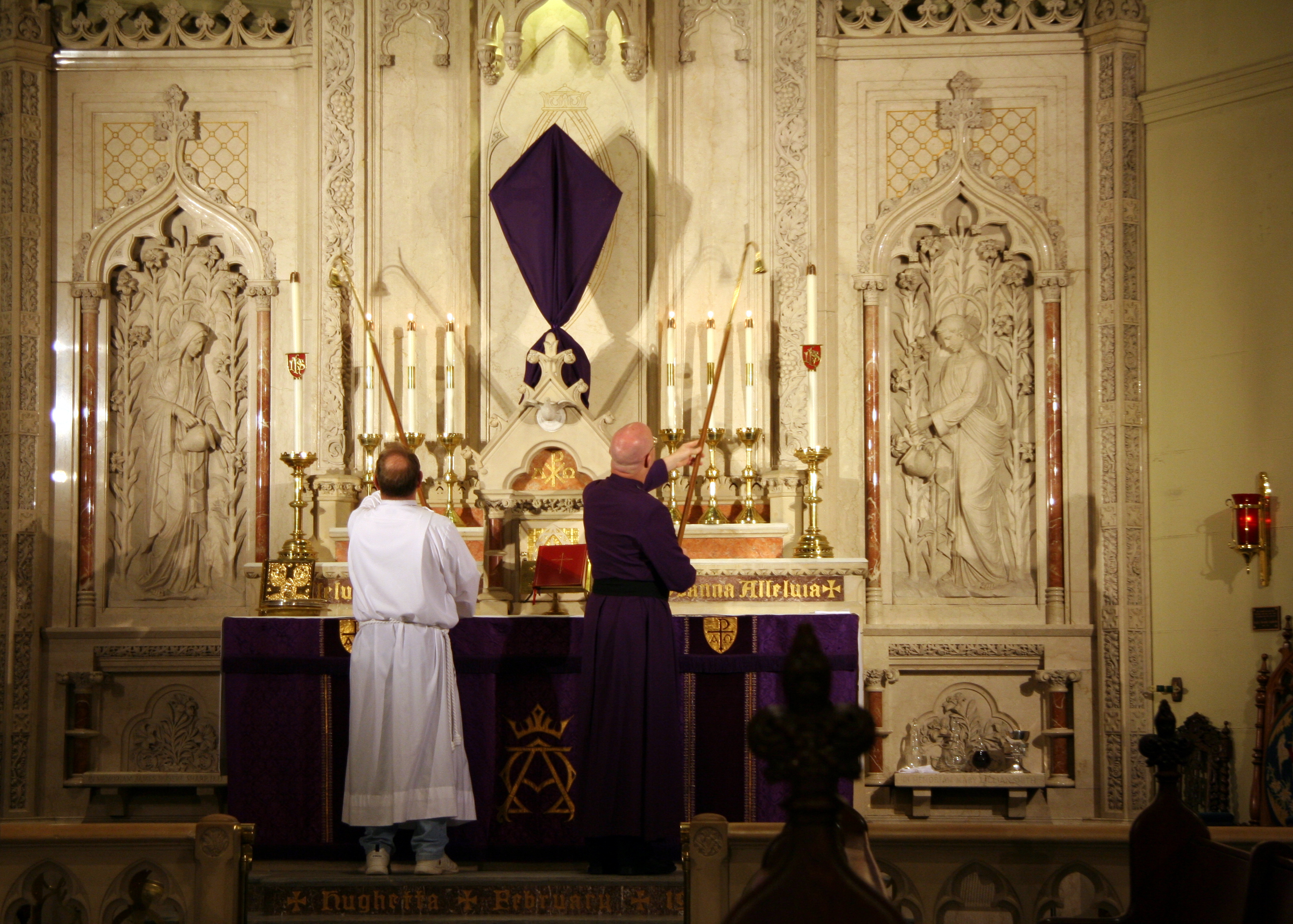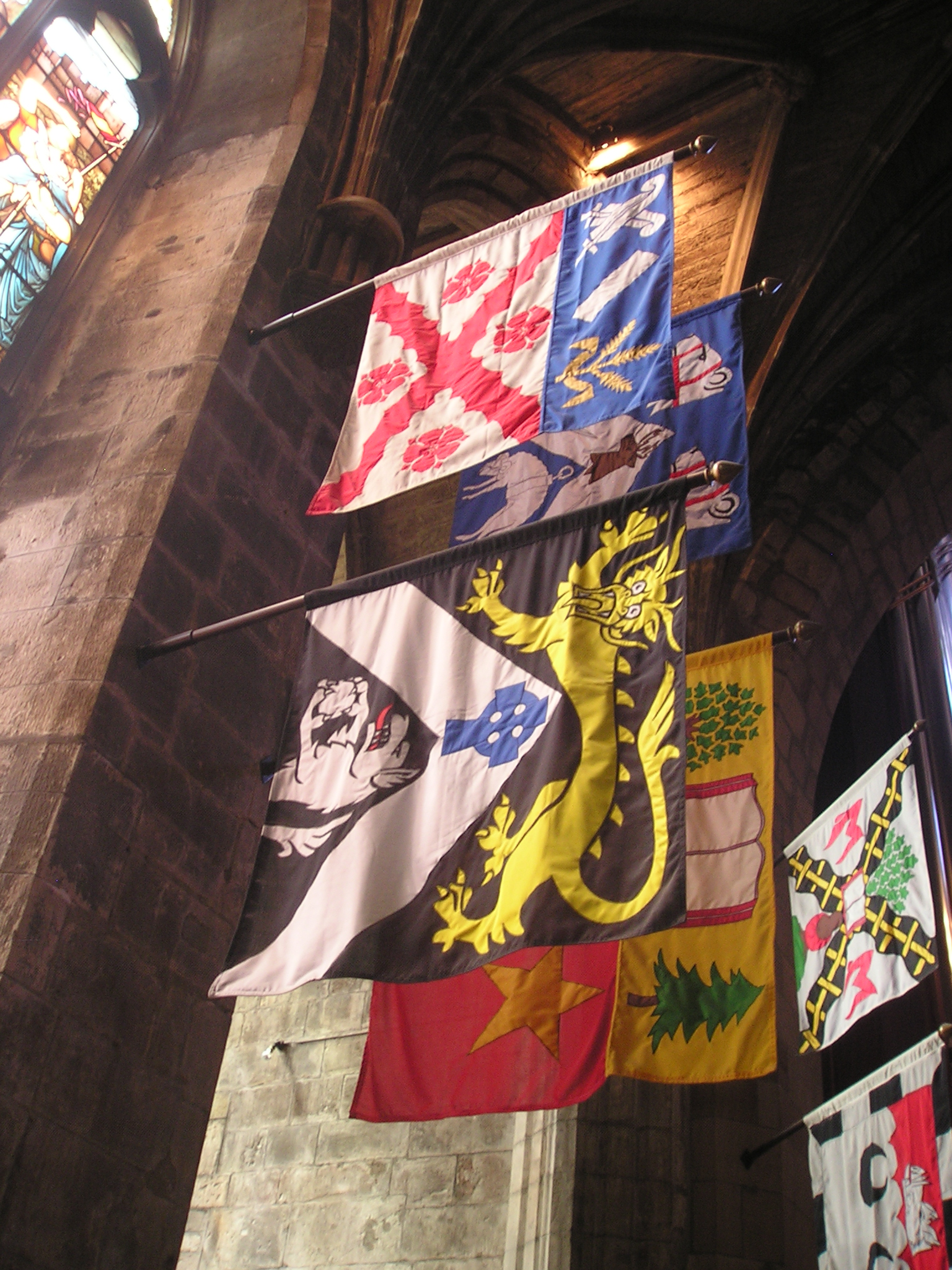|
The Soufflaculs Of Nontron
The Soufflaculs de Nontron is a popular tradition in the town of Nontron, in the Departments of France, French department of Dordogne in the Nouvelle-Aquitaine, Nouvelle-Aquitaine region. Initially widespread in the Southern France, south of France, this carnival festival has survived in only a few localities, most notably Nontron. The day's celebrations are marked by the parade of the Soufflaculs, dressed in nightgowns and Nightcap (garment), white cotton bonnets, whose mission is to march through the town with a bellows, chasing away any evil spirits hiding under women's skirts. During this masquerade, which dates back to the Middle Ages, people originally dressed up to mock the rich, the ecclesiastics and the powerful. Despite economic and political difficulties in remaining active from one year to the next, this carnival remains the major event in local festive life. Listed in Intangible cultural heritage, France's Inventory of Intangible Cultural Heritage since 2010, the Souf ... [...More Info...] [...Related Items...] OR: [Wikipedia] [Google] [Baidu] |
Nontron
Nontron (; ) is a commune in the Dordogne department in Nouvelle-Aquitaine in southwestern France. History The name Nontron probably derives from the Gallo-Roman personal name ''Nantironius''. Over time, the placename has been spelt Natadun, Nattun, Nantrun and Nontroun, before the current Nontron.Histoire de Nontron official website of Nontron, accessed 20 January 2021. The town was probably founded around 1100 BC and has been invaded or sacked several times, including by in the eighth century. In the , Nontron was besieged several t ... [...More Info...] [...Related Items...] OR: [Wikipedia] [Google] [Baidu] |
Butter Churn
A butter churn is a device used to convert cream into butter, a process known as churning. This is done through a mechanical process, frequently via a pole inserted through the lid of the churn, or via a crank used to turn a rotating device inside the churn. Etymology The word ''butter'' is believed by some to derive from the Greek word ''bou-tyron'', the approximate meaning of which is 'cow cheese'. Others believe it came from the Scythian culture, as the ancient Greeks tended to herd sheep and goats, whose milk is not as good for butter making as cow milk, which the Scythians primarily herded. The word ''churn'' is from the Old English ''ċyrin'' 'to churn'. This is probably derived from the Old English ''cyrnel'' 'kernel', due to the appearance of butter grains after milk has been churned. The butter churn gave its name and rough form to the milk churn, which is used to transport milk, not churn it. History The use of butter is mentioned in biblical works and the earl ... [...More Info...] [...Related Items...] OR: [Wikipedia] [Google] [Baidu] |
List Of Children's Games
This is a list of games that are played by children. Traditional children's games do not include commercial products such as board games but do include games which require props such as hopscotch or marbles (toys go in List of toys unless the toys are used in multiple games or the single game played is named after the toy; thus "jump rope" is a game, while " Jacob's ladder" is a toy). Despite being transmitted primarily through word of mouth due to not being considered suitable for academic study or adult attention, traditional games have "not only failed to disappear but have also evolved over time into new versions." Traditional children's games are defined "as those that are played informally with minimal equipment, that children learn by example from other children, and that can be played without reference to written rules. These games are usually played by children between the ages of 7 and 12, with some latitude on both ends of the age range." "Children's traditional ga ... [...More Info...] [...Related Items...] OR: [Wikipedia] [Google] [Baidu] |
Bellows
A bellows or pair of bellows is a device constructed to furnish a strong blast of air. The simplest type consists of a flexible bag comprising a pair of rigid boards with handles joined by flexible leather sides enclosing an approximately airtight cavity which can be expanded and contracted by operating the handles, and fitted with a valve allowing air to fill the cavity when expanded, and with a tube through which the air is forced out in a stream when the cavity is compressed. It has many applications, in particular blowing on a fire to supply it with air. The term "bellows" is used by extension for a flexible bag whose volume can be changed by compression or expansion, but not used to deliver air. For example, the light-tight (but not airtight) bag allowing the distance between the lens and film of a folding photographic camera to be varied is called a bellows. Etymology "Bellows" is only used in plural. The Old English name for "bellows" was , 'blast-bag', 'blowing-ba ... [...More Info...] [...Related Items...] OR: [Wikipedia] [Google] [Baidu] |
Equivocation
In logic, equivocation ("calling two different things by the same name") is an informal fallacy resulting from the use of a particular word or expression in multiple senses within an argument. It is a type of ambiguity that stems from a phrase having two or more distinct meanings, not from the grammar or structure of the sentence. Fallacy of four terms Equivocation in a syllogism (a chain of reasoning) produces a fallacy of four terms (). Below is an example: : Since only man umanis rational. : And no woman is a man ale : Therefore, no woman is rational. The first instance of "man" implies the entire human species, while the second implies just those who are male. Motte-and-bailey fallacy Equivocation can also be used to conflate two positions which share similarities, one modest and easy to defend and one much more controversial. The arguer advances the controversial position, but when challenged, they insist that they are only advancing the more modest position. See ... [...More Info...] [...Related Items...] OR: [Wikipedia] [Google] [Baidu] |
Ash Wednesday
Ash Wednesday is a holy day of prayer and fasting in many Western Christian denominations. It is preceded by Shrove Tuesday and marks the first day of Lent: the seven weeks of Christian prayer, prayer, Religious fasting#Christianity, fasting and Alms#Christianity, almsgiving before the arrival of Easter. Ash Wednesday is observed by Christians of the Catholic, Lutheranism, Lutheran, Moravian Church, Moravian, Anglican (Episcopal Church (United States), Episcopalian), and United and uniting churches, United Protestant denominations, as well as by some churches in the Reformed tradition, Reformed, (including certain Congregationalist, Continental Reformed, and Presbyterian churches), Baptist, Methodist and Church of the Nazarene, Nazarene traditions. Ash Wednesday is traditionally observed with Religious_fasting#Christianity, fasting and abstinence from meat in several Christian denominations. As it is the first day of Lent, many Christians begin Ash Wednesday by marking a Lenten ... [...More Info...] [...Related Items...] OR: [Wikipedia] [Google] [Baidu] |
Personification
Personification is the representation of a thing or abstraction as a person, often as an embodiment or incarnation. In the arts, many things are commonly personified, including: places, especially cities, National personification, countries, and continents; elements of the natural world, such as trees, the Deities and personifications of seasons, four seasons, the "four elements", the Anemoi, four cardinal winds, and the Sense, five senses; moral abstractions, especially the four cardinal virtues and seven deadly sins; the nine Muses; and Personifications of death, death. In many polytheistic early religions, deity, deities had a strong element of personification, suggested by descriptions such as "god of". In ancient Greek religion, and the related ancient Roman religion, this was perhaps especially strong, in particular among the minor deities. Many such deities, such as the or tutelary deities for major cities, survived the arrival of Christianity, now as symbolic personif ... [...More Info...] [...Related Items...] OR: [Wikipedia] [Google] [Baidu] |
Farting
Flatulence is the expulsion of gas from the intestines via the anus, commonly referred to as farting. "Flatus" is the medical word for gas generated in the stomach or bowels. A proportion of intestinal gas may be swallowed environmental air, and hence flatus is not entirely generated in the stomach or bowels. The scientific study of this area of medicine is termed flatology. Passing gas is a normal bodily process. Flatus is brought to the rectum and pressurized by muscles in the intestines. It is normal to pass flatus ("to fart"), though volume and frequency vary greatly among individuals. It is also normal for intestinal gas to have a feculent or unpleasant odor, which may be intense. The noise commonly associated with flatulence is produced by the anus and buttocks, which act together in a manner similar to that of an embouchure. Both the sound and odor are sources of embarrassment, annoyance or amusement (flatulence humor). Many societies have a taboo about flatus. Thus, ... [...More Info...] [...Related Items...] OR: [Wikipedia] [Google] [Baidu] |
Prude
A prude is a person with a very sensitive attitude and narrowness towards custom and morality. The word prude comes from the Old French word also meaning loyal, respectable or modest woman, which was the source of prude in the 18th century. According to Heinrich August Pierer">Pierer's Universal Lexikon in 1861, prudery is "modest in an exaggerated and affected way; seeming delicate, squeamish". In a broader sense, prudery refers to an attitude of mind that aims to largely exclude sexual expressions of any kind in public and sometimes also in the private sphere. This applies above all to the portrayal or even suggestion of eroticism in tone and image form, fashion, mass media, literature, historical testimonies, and conversation. Pejorative use The word is generally considered in modern times a pejorative term to suggest fear and contempt of human sexuality and excessive, unusual modesty stemming from such a negative view of sexuality. It is hence unflattering, and often used ... [...More Info...] [...Related Items...] OR: [Wikipedia] [Google] [Baidu] |
Banner
A banner can be a flag or another piece of cloth bearing a symbol, logo, slogan or another message. A flag whose design is the same as the shield in a coat of arms (but usually in a square or rectangular shape) is called a banner of arms. Also, a bar-shaped piece of non-cloth advertising material sporting a name, slogan, or other marketing message is also a banner. Banner-making is an ancient craft. Church banners commonly portray the saint to whom the church is dedicated. The word derives from Old French ''baniere'' (modern ), from Late Latin ''bandum'', which was borrowed from a Germanic languages, Germanic source (compare ). Cognates include Italian language, Italian ''bandiera'', Portuguese language, Portuguese ''bandeira'', and Spanish language, Spanish ''bandera''. Vexillum The vexillum was a flag-like object used as a military standard by units in the Ancient Roman army. The word ''vexillum'' itself is a diminutive of the Latin ''velum'', meaning a sail, which confir ... [...More Info...] [...Related Items...] OR: [Wikipedia] [Google] [Baidu] |
Troyes Cathedral
Troyes Cathedral () is a Catholic church, dedicated to Saint Peter and Saint Paul, located in the town of Troyes in Champagne, France. It is the episcopal seat of the Bishop of Troyes. The cathedral, in the Gothic architectural style, has been a listed since 1862. History Earlier cathedrals According to local church tradition, Christianity was carried to Troyes in the third century by the Bishop of Sens, Savinien, who sent Saint Potentien and Saint Sérotin to the town to establish the first church. The house where they lived is believed to have stood on the same site as the cathedral; and excavations in the 19th century found traces of Gallo-Roman building under the sanctuary. A 5th-century bishop of Troyes, Lupus was credited with saving Troyes from destruction by Huns by leading a delegation of clerics to appeal to Attila, in 451. An enamel of Lupus healing a deaf young woman is displayed in the cathedral; the old cathedral is visible in the background. The first church w ... [...More Info...] [...Related Items...] OR: [Wikipedia] [Google] [Baidu] |





